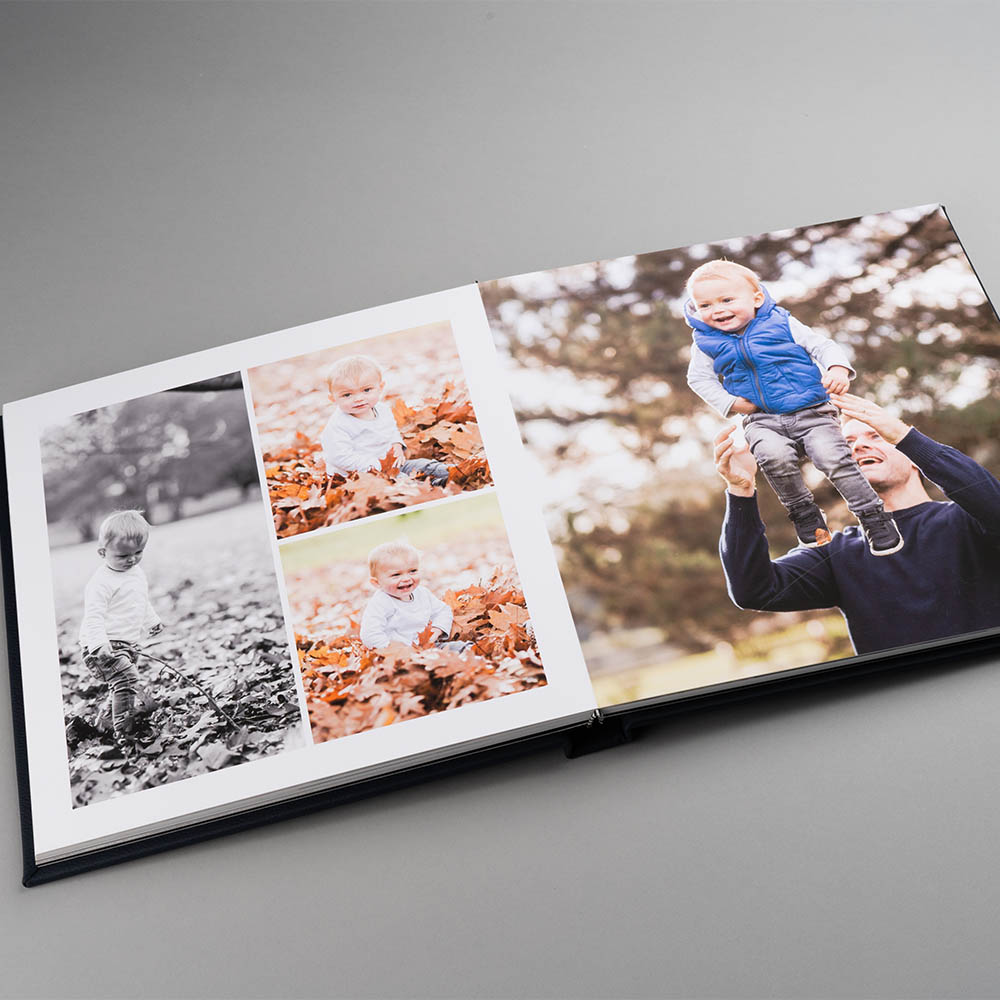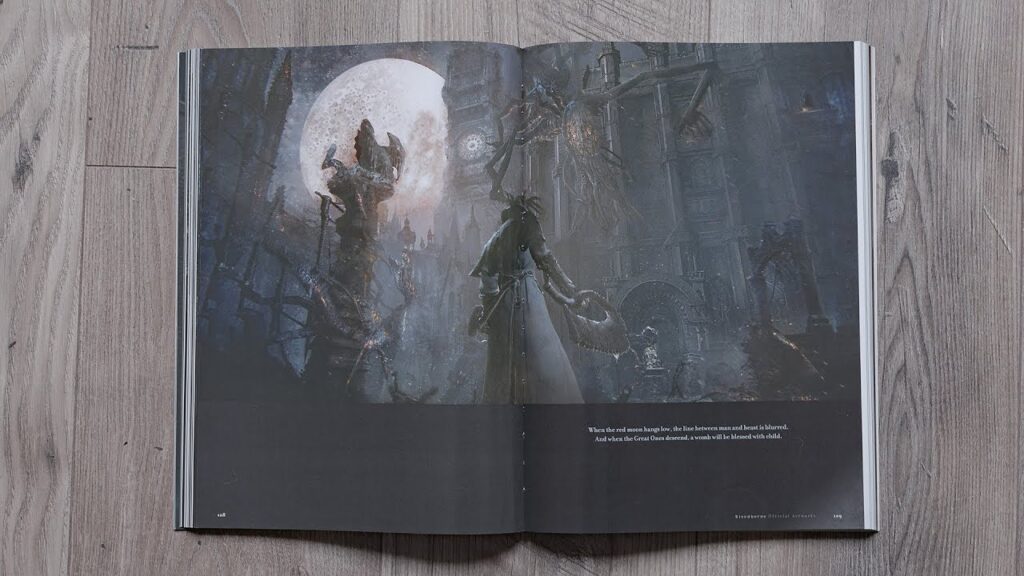The Artist’s Guide to Releasing a High-Quality art book
The Artist’s Guide to Releasing a High-Quality art book
Blog Article
Comprehending the Process Behind Top Notch Art Book Printing for Art Fanatics
When it comes to top quality art book printing, understanding the ins and outs of the process can elevate your recognition for the last product. As you discover the numerous parts of art book printing, you'll reveal understandings that might change your perspective on art preservation and discussion.
The Importance of Paper Choice in Art Book Printing
When it involves art book printing, the selection of paper can make or damage the end product. You desire your artwork to shine, and the right paper boosts color vibrancy and information. Take into consideration variables like weight, appearance, and finish; these components considerably affect exactly how readers view your job.
For instance, a much heavier supply communicates top quality and longevity, while a distinctive coating can include deepness to pictures. Smooth paper is superb for detailed recreations, allowing fine lines and subtle shades to show up crisp.
Do not neglect about the paper's illumination; a brighter sheet can assist shades pop, making your art much more attractive. You'll also wish to consider how the paper communicates with inks and whether it can manage the printing procedure without deforming or bleed-through. Eventually, picking the appropriate paper sets the stage for your art, guaranteeing it catches the target market's attention equally as you envisioned.
Picking the Right Inks for Dynamic Reproductions
Selecting the right inks is simply as vital as picking high quality paper to achieve vivid recreations in your art book. When you're publishing artwork, you want shades that stand out and properly represent the initial item. Choose inks with a high pigment concentration; these tend to create richer and more saturated colors.
You could consider utilizing historical inks, which withstand fading gradually, guaranteeing your art book continues to be as striking as the day it was printed. If you're dealing with photographs or electronically developed art, pigment-based inks can offer a bigger shade range, boosting detail and deepness.
Don't neglect about the surface! Matte and shiny inks can significantly change the appearance of your art work, so think of the appearance you're intending to achieve - art book. Inevitably, the right ink option matches your paper choice, developing a sensational visual experience for your visitors
The Function of Color Monitoring in Print Quality
Color monitoring plays an important role in attaining high print quality for your art book. It guarantees that the shades you see on your display convert accurately to the printed page. Without efficient color management, your vibrant art work may show up boring or distorted, threatening your imaginative vision.
To begin, calibrate your display regularly. This step aids maintain regular color depiction. Next, make use of shade accounts tailored for your printer and paper kind. These profiles direct the printer in replicating shades accurately, reducing discrepancies between electronic and published variations.
When you prepare your data, consider making use of a shade area like Adobe RGB or CMYK, relying on your printer's requirements. Always evidence your work, also; an examination print can expose any type of potential color issues prior to the final run. By focusing on shade administration, you guard the stability of your art, ensuring your audience experiences it as you intended.

Recognizing Various Binding Methods
Accomplishing the excellent seek your art book surpasses shade monitoring; binding techniques also play a substantial role in its total presentation and resilience. You have several choices to assess, each with its very own one-of-a-kind qualities.
If you're intending for a professional feel, instance binding offers a tough option with a hard cover, best for showcasing your artwork. On the other hand, excellent binding provides a versatile back while maintaining costs down, making it a prominent selection for softcover books.
Spiral binding allows your art book to lay flat, which is fantastic for showing images without blockage. At the same time, saddle stitching is suitable for smaller sized booklets, offering a tidy finish without the bulk.
Eventually, the binding strategy you pick ought to show your imaginative vision and how you want visitors to why not try this out involve with your job. See to it to weigh these choices meticulously to attain the best result for your job.
The Influence of Publish Dimension and Layout on Presentation
While the choice of print size and design may appear additional to web content, they greatly influence how your artwork is perceived. The dimensions of your prints can either improve or diminish the impact of your pieces. Larger prints can draw audiences in, enabling them to value detailed information, while smaller sized layouts could call for even more intimate involvement.

Preservation Strategies for Resilient Art Books
To guarantee your art publications stand the test of time, it's necessary to implement reliable preservation techniques. Begin by storing them in a cool, completely dry atmosphere, away from straight sunshine and humidity. This protects against fading and warping, maintaining your web pages undamaged. Use acid-free storage space boxes or protective sleeves to secure them from dust and physical damages.
When handling your publications, constantly useful site clean your hands or put on cotton gloves to stay clear of oils and dirt moving onto the pages. Prevent flexing or creasing the spinal columns; rather, utilize book sustains when displaying them.
For included defense, think about purchasing archival-quality materials for any type of fixings or enhancements. Regularly inspect your collection for indicators of wear or damage, addressing problems without delay. By following these basic approaches, you can guarantee your art books stay vivid and accessible for many years to find, preserving their charm and worth for future generations.
Teaming up With Printers for Optimal Results
When you prepare to print your art book, selecting the ideal printer is important to achieving your vision. Clear communication about your expectations and requirements will assist ensure that both you and the printer get on the exact same web page. Allow's check out exactly how to make this partnership as smooth and efficient as feasible.
Choosing the Right Printer

Reliable Communication Methods
Effective communication is crucial for turning your art book vision into fact, especially when working together with printers. art book. Beginning by plainly outlining your task's goals, including style components, preferred materials, and any type of certain printing techniques. Don't be reluctant to share your motivations and referrals; this aids the printer comprehend your aesthetic
Establish normal check-ins to review progress and address any type of concerns. Usage visuals, like mock-ups or examples, to share your concepts better. Be open to responses, as printers often have useful understandings that can improve your task. Preserve a positive connection by being respectful and appreciative of their knowledge. This collaboration will ensure that your art book meets your expectations and shines in its dig this last kind.
Regularly Asked Concerns
What Are Typical Mistakes to Avoid in Art Book Printing?
When publishing your art book, prevent usual blunders like bad resolution pictures, incorrect shade profiles, and overlooking page format. Don't forget to check and verify information to verify your final product fulfills your assumptions.
Exactly How Does Digital Printing Differ From Standard Printing Techniques?
Digital printing makes use of digital data to create prints straight, enabling quicker turn-around and personalization. In contrast, typical methods include physical plates, which can be taxing and much less flexible for tiny runs or special designs.
What Is the Normal Turnaround Time for Art Book Printing?
The typical turn-around time for art book printing differs, but you can expect it to take anywhere from a couple of weeks to numerous months. Factors like complexity, amount, and printing technique all influence this timeline.
Can I Print a Limited Version Art Book Financially?
You can print a minimal version art book economically by picking affordable products, enhancing print runs, and utilizing electronic printing options. Careful preparation and budgeting will assist you accomplish quality without spending beyond your means.
What Are the Ecological Considerations in Art Book Printing?
When considering art book printing, you need to consider environmentally friendly materials, lasting inks, and energy-efficient processes (art book). Choosing local printers can additionally lower your carbon footprint, making your job both stunning and ecologically liable
Report this page